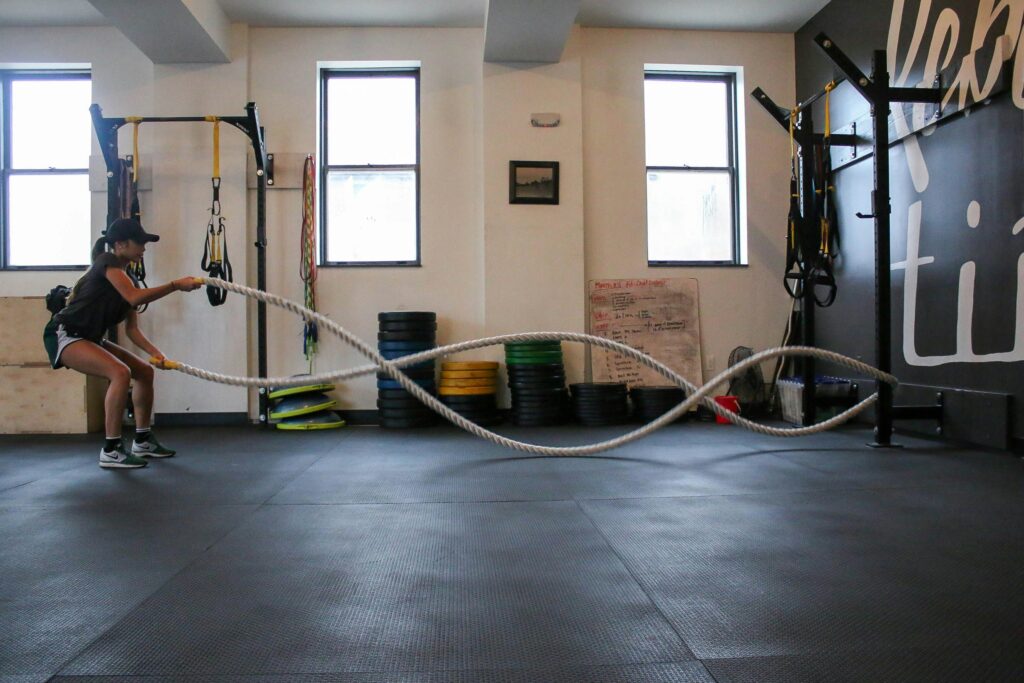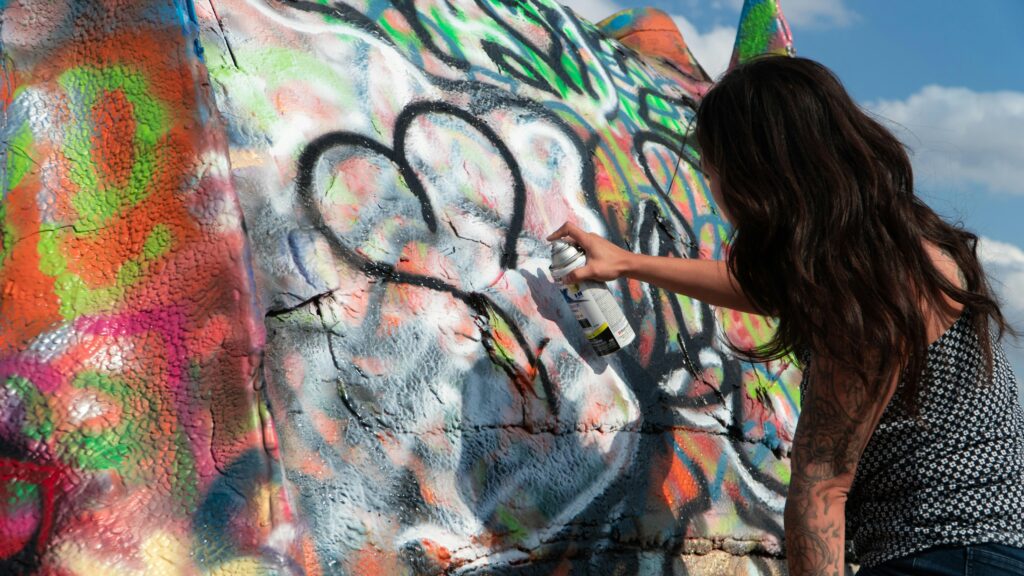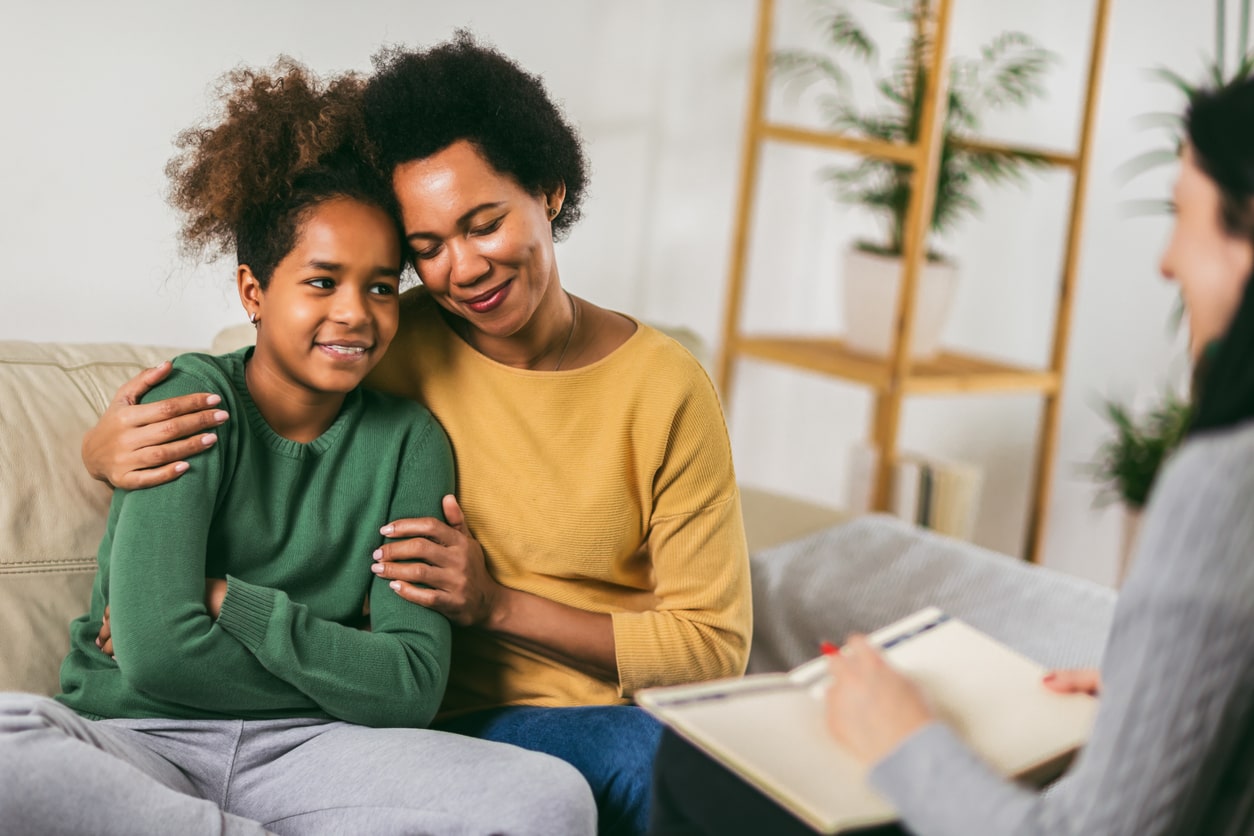Now Reading: How Art Therapy Reduces Relapse Risks: A Path to Emotional Healing
-
01
How Art Therapy Reduces Relapse Risks: A Path to Emotional Healing
How Art Therapy Reduces Relapse Risks: A Path to Emotional Healing

Introduction
Recovery from addiction is a lifelong journey that requires ongoing emotional and mental strength. Many individuals in recovery face challenges such as stress, anxiety, and emotional triggers, which can increase the risk of relapse. Traditional therapy, support groups, and lifestyle changes are essential, but creative approaches like art therapy have gained recognition for their effectiveness in reducing relapse risks.
Art therapy provides a non-verbal, expressive outlet that helps individuals process emotions, cope with stress, and develop a deeper sense of self-awareness. This article explores how art therapy reduces relapse risks, its benefits, and ways to integrate it into addiction recovery.
What is Art Therapy?
Art therapy is a therapeutic approach that uses creative expression to promote mental and emotional well-being. It is facilitated by trained art therapists who guide individuals through various artistic techniques to help them process emotions, trauma, and triggers.
Art therapy includes:
- Drawing and painting – Expressing feelings through colors and images.
- Sculpting and clay modeling – Tactile activities that help with stress relief.
- Collage making – Using different materials to visualize emotions.
- Journaling with art – Combining words and images for self-reflection.
This form of therapy is not about artistic skill, but rather about self-expression and emotional release.
How Art Therapy Reduces Relapse Risks
Addiction recovery is often emotionally intense, making it essential to find healthy coping mechanisms. Art therapy plays a critical role in relapse prevention by addressing the psychological and emotional aspects of addiction.
1. Encourages Emotional Processing
- Many individuals in recovery struggle to express emotions verbally.
- Art therapy allows them to release pent-up emotions in a safe and creative way.
- Engaging in artistic expression helps process trauma, anxiety, and depression, reducing the urge to relapse.
2. Reduces Stress and Anxiety
- Stress is a leading trigger for relapse.
- Creative activities promote relaxation and mindfulness, helping to calm the nervous system.
- Studies show that engaging in art lowers cortisol levels, which are linked to stress and anxiety.
3. Builds Self-Awareness and Emotional Regulation
- Self-awareness is key to understanding personal triggers and cravings.
- Through creative expression, individuals gain insight into their emotions and behaviors.
- Art therapy encourages mindfulness, which helps individuals stay present and manage negative thoughts.
4. Boosts Self-Esteem and Confidence
- Addiction often damages self-worth and identity.
- Completing an art project provides a sense of achievement and purpose.
- Seeing their progress in creative work helps individuals rebuild confidence in their abilities.
5. Provides a Healthy Coping Mechanism
- Many recovering individuals turn to substances to escape pain.
- Art therapy replaces unhealthy coping mechanisms with a productive and healing activity.
- Engaging in art regularly can reduce cravings and prevent impulsive decisions.
6. Fosters Connection and Support
- Art therapy can be done in group settings, encouraging social interaction and support.
- Sharing creative work with others creates a sense of community and belonging.
- Many support groups integrate art therapy into holistic recovery programs.
7. Helps Rewire the Brain
- Addiction affects the reward system of the brain, making individuals seek instant gratification.
- Creating art stimulates dopamine production, helping to rewire the brain’s pleasure response.
- Engaging in creative activities over time can support long-term emotional stability.
Scientific Evidence Supporting Art Therapy in Addiction Recovery
Research supports the effectiveness of art therapy in addiction treatment:
- A study published in the Journal of Addictions Nursing found that art therapy significantly reduces stress and improves emotional regulation in individuals recovering from addiction.
- A study by The American Art Therapy Association showed that participants who engaged in regular art therapy sessions had lower relapse rates than those who did not.
- Neuroscientific research suggests that creating art activates the brain’s reward system, helping to replace the need for external substances.

How to Incorporate Art Therapy into Your Recovery Plan
Art therapy is accessible to everyone, regardless of artistic ability. Here’s how to integrate it into a personal recovery plan:
1. Start a Daily Art Journal
- Keep a sketchbook to draw, doodle, or paint your emotions.
- Use colors to represent moods and track emotional patterns.
2. Join an Art Therapy Group
- Many addiction treatment centers offer group art therapy sessions.
- Connecting with others through creative expression provides peer support and motivation.
3. Engage in Creative Projects at Home
- Try painting, sculpting, or crafting as a form of relaxation and self-expression.
- Set aside time each week to engage in a creative activity that brings joy.
4. Use Art as a Meditation Tool
- Engage in mindful drawing or coloring to stay present and focused.
- Mandala drawing or coloring books can be especially calming and meditative.
5. Express Recovery Milestones Through Art
- Create a visual representation of your recovery journey.
- Make a collage of inspirational images and affirmations to stay motivated.
Choosing the Right Art Therapy Program
If you are interested in professional art therapy sessions, consider:
- Licensed art therapists with experience in addiction recovery.
- Group vs. individual sessions, depending on personal comfort.
- Integrating art therapy into existing recovery plans, such as outpatient programs or support groups.
Conclusion
Art therapy is a powerful tool that reduces relapse risks by promoting emotional healing, self-expression, and stress relief. Through creative activities, individuals in addiction recovery can gain self-awareness, build confidence, and develop healthy coping strategies.
By incorporating art therapy into a recovery plan, individuals can find a meaningful and therapeutic way to navigate emotions, reduce stress, and strengthen their commitment to long-term sobriety. Whether done independently or with a professional therapist, art therapy offers a transformative way to heal and grow.

Hi, I’m Kristi Jenkins, a passionate blogger and content writer with a love for storytelling. With years of experience in writing engaging and insightful articles, I focus on topics like mental health, lifestyle, and personal growth. My goal is to create content that inspires, educates, and connects with readers on a deeper level.


























